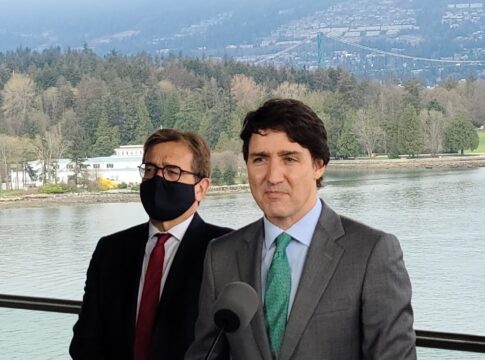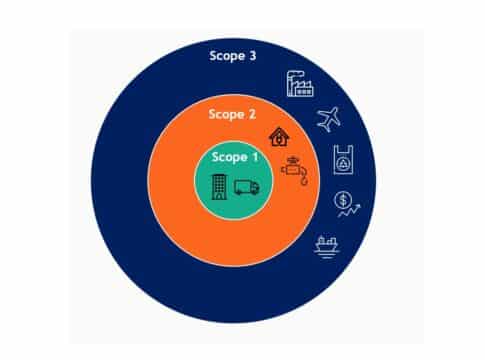IETA Releases Guidelines on Blockchain Use in Carbon Markets
The International Emissions Trading Association issued guidelines on blockchain use in carbon markets.
IETA is the main lobby group for the international Voluntary Carbon Markets (VCM). It aims to establish a functional framework for trading in GHG emission reductions.
For years, the IETA is tracking digital innovations that can improve VCM performance. Just recently, it has issued a set of preliminary principles for using blockchain in VCMs.
What Prompts IETA’s Guidelines on Blockchain Use in Carbon Markets?
The IETA has observed the rapid emergence of digital carbon assets. And so, they decided to create the guidelines as a precautionary measure. They added that digital tokens must only be from recognized carbon standards.
Likewise, the IETA requested carbon registries like Gold Standard to make proper labeling. More so, they need to hold carbon credits in escrow accounts to prevent double selling.
Also, the body calls on all carbon standards to review blockchain providers. This is part of the industry’s Know Your Customer (KYC) and Anti-Money Laundering (AML) checks.
The following are some of the key points of IETA’s preliminary guidelines.
IETA’s Initial Guiding Principles on Blockchain
Credible standards: carbon-backed digital tokens should come from verified and registered projects. Only government-approved carbon crediting schemes or the Standards must endorse those projects.
Registry control: it is only the Standards that may permit carbon credits tokenization. And so, the Standards must have a system in place to perform this role.
Tokens: tokens that are for issuance and verified are valid for stamping. But unverified, canceled, and retired carbon credits are not qualified for tokens.
Transparency: all token issuers are subject to KYC and AML reviews. This is important for consumer protection and transparency.
Investor Safeguards: issuers must ensure that digital climate assets are fit for investors. This is crucial in cases where there is no direct link to the underlying carbon asset.
IT Security: the use of proven methods of protection against cyber threats is a must.
Claims: only the removed and retired tokenized credits are permissible for claims. The mere holding of the credits, not retiring them, are not valid for compensation claims.
Impacts of IETA’s Principles on Blockchain
Right now, many items of the guidelines on blockchain use in carbon markets are not executed yet. This is because carbon-backed blockchain initiatives are a recent development in the market. In fact, they are not governed by carbon regulations.
According to IETA, if market players follow those set of principles, they can aid in market growth. The carbon crypto innovations will speed up market linkages and expand access in developing nations.
A word of caution, though, from the administering body. If not done right, incorrect blockchain use in carbon markets may threaten public confidence.
The post IETA Releases Guidelines on Blockchain Use in Carbon Markets appeared first on Carbon Credits.



